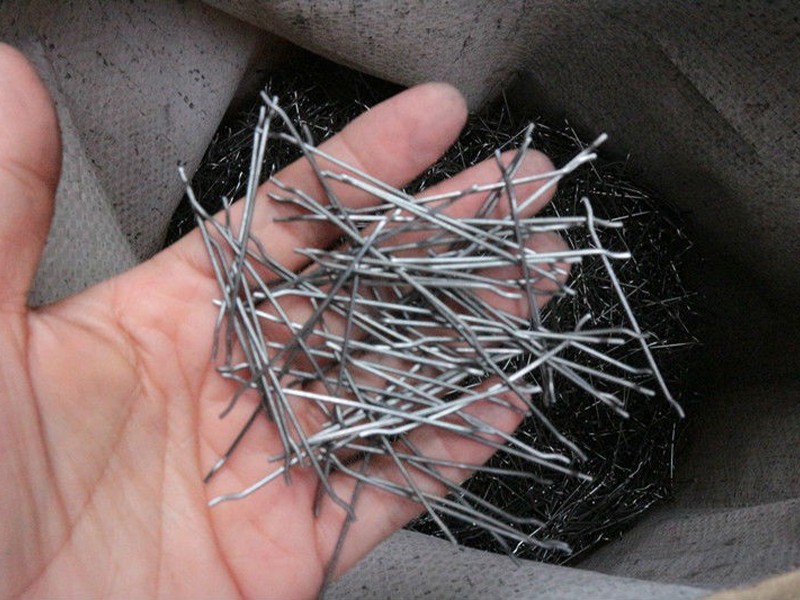Concrete is a versatile building material that has been used for centuries. However, its strength and durability can be limited by its composition and the conditions under which it is mixed, poured, and cured. One way to enhance the strength of concrete is by adding fibers, such as steel fibers. But the question remains, does fiber add strength to concrete?
The Benefits of Steel Fibers in Concrete
Steel fibers are a type of fiber that is commonly used in concrete to enhance its strength and durability. They are made from steel wire or other steel products and are designed to be embedded in the concrete matrix. The benefits of using steel fibers in concrete include:
- Improved tensile strength: Steel fibers can improve the tensile strength of concrete by up to 50%. This means that concrete with steel fibers can withstand more stress and strain without cracking or breaking.
- Reduced cracking: Steel fibers can help reduce cracking in concrete by up to 70%. This is because the fibers act as a barrier to crack propagation, preventing small cracks from becoming larger ones.
- Improved impact resistance: Steel fibers can also improve the impact resistance of concrete. This means that concrete with steel fibers can withstand more impact without breaking or cracking.
- Reduced shrinkage: Steel fibers can help reduce shrinkage in concrete by up to 30%. Shrinkage occurs when concrete dries and contracts, leading to cracks and other damage.

How Steel Fibers Work in Concrete
So, how do steel fibers work in concrete? The answer lies in their unique properties. Steel fibers are designed to be embedded in the concrete matrix, where they provide additional strength and durability. They are made from steel wire or other steel products and are available in various shapes, sizes, and lengths.
When concrete is mixed and poured, the steel fibers are distributed evenly throughout the mixture. As the concrete cures, the fibers become embedded in the matrix, providing additional strength and durability. The fibers act as a barrier to crack propagation, preventing small cracks from becoming larger ones. They also help to improve the tensile strength of the concrete, making it more resistant to stress and strain.
Types of Steel Fibers for Concrete
Several types of steel fibers can be used in concrete, each with its unique properties and benefits. Some of the most common types of steel fibers include:
- Deformed steel fibers: These fibers are made from deformed steel wire and have a hooked or crushed shape. They are designed to provide additional grip and anchorage in the concrete matrix.
- Smooth steel fibers: These fibers are made from smooth steel wire and have a circular or flat shape. They are designed to provide additional strength and durability in the concrete matrix.
- Fiberglass-reinforced polymer (FRP) fibers: These fibers are made from a combination of steel and fiberglass and have a unique shape that provides additional strength and durability in the concrete matrix.

Applications of Steel Fibers in Concrete
Steel fibers are commonly used in a variety of concrete applications, including:
- Building foundations: Steel fibers can be used to enhance the strength and durability of building foundations, reducing the risk of cracking and failure.
- Concrete slabs: Steel fibers can be used to improve the strength and durability of concrete slabs, making them more resistant to stress and strain.
- Bridge decks: Steel fibers can be used to enhance the strength and durability of bridge decks, reducing the risk of cracking and failure.
- Road pavements: Steel fibers can be used to improve the strength and durability of road pavements, making them more resistant to wear and tear.
Conclusion
In conclusion, steel fibers are a valuable addition to concrete, providing additional strength and durability. By understanding how steel fibers work in concrete and the benefits they provide, engineers and contractors can specify the right type of steel fibers for their next project. With the right combination of steel fibers and concrete, structures can be built to last for generations to come.